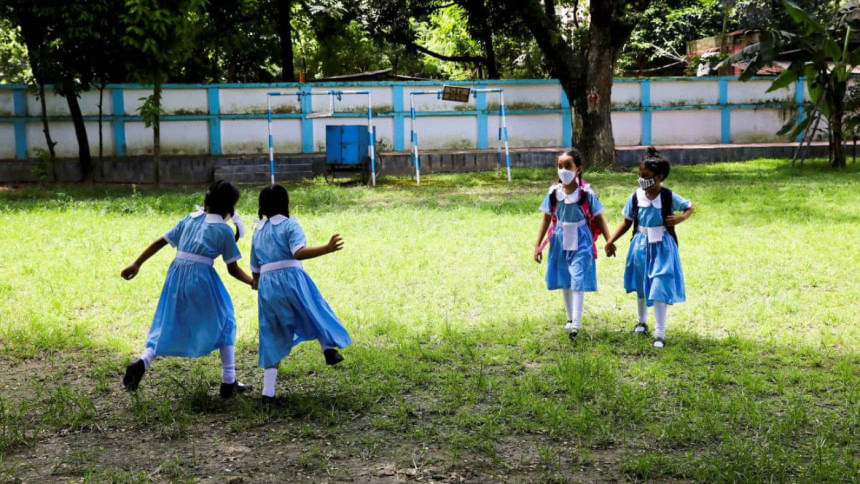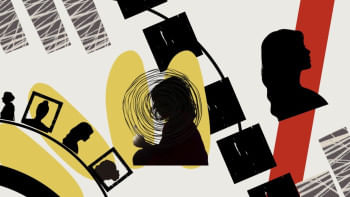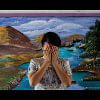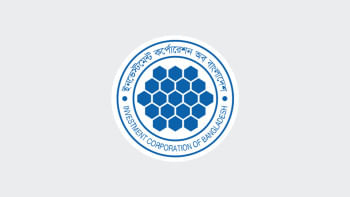Girls must grow up in a safe environment to lead our future

Today, children live in a world where they face increasing repression and violence, both in conflict zones and in otherwise peaceful regions. According to the United Nations, more than 22,000 children globally became victims of grave violations last year, with the highest number, unsurprisingly, reported in the occupied Palestinian territory. Compared to 2023, total violations rose by 25 percent, while rape and other forms of sexual violence increased by 34 percent. Across the world, girls face a greater risk of sexual violence than boys, not only in war zones but also in everyday life.
Even in the United States, one in every four girls is estimated to experience child sexual abuse, according to the Centers for Disease Control and Prevention. Globally, about 15 million adolescent girls aged 15-19 have experienced forced sex in their lifetime. In Bangladesh too, violence against children has long been a worrying concern. Data compiled by Ain o Salish Kendra (ASK) and Bangladesh Mahila Parishad (BMP), as well as a concept note presented at a recent seminar on "Community-based Strategies for Protection of Children of Bangladeshi Garment Workers," paint a grim picture.
According to ASK, during the past nine months of this year (January-September), 359 girls were reported to have been raped—higher than the total number reported for the entire year of 2024. Of these cases, only 300 resulted in formal complaints, meaning at least 59 children were denied justice. The age breakdown of the victims underscores the gravity of the situation: 61 were below six years old, 116 were between seven and 12, and 116 were teenagers. The ages of the remaining victims could not be confirmed.
The BMP's survey, based on reports from 14 national dailies, found that in September alone, 92 girls were subjected to various forms of violence and repression across the country, including 28 who were raped. As for the concept note presented at the seminar, it revealed that nine out of every 10 children aged between 1 and 14 are being subjected to physical punishment or emotional abuse. It also indicated that repression against girls in 2025 increased by 75 percent compared to 2024. Moreover, over 23,000 child-related cases remain pending in juvenile courts across the country.
Although these organisations follow different methodologies, their findings converge on several alarming truths. First, violence against children takes multiple forms, ranging from physical punishment and emotional abuse to rape and sexual harassment. Second, it affects children of all ages, even toddlers. Third, children are not safer even in their homes, schools, or madrasas, as in many cases, the perpetrators are either relatives or neighbours or teachers. Fourth, many crimes go unreported due to stigma, family pressure, safety concerns, and so on. Finally, the justice system has failed to address the culture of violence against children, with cases piling up in courts and often remaining unresolved.
These realities raise two critical questions: why is violence against children, especially girls, increasing, and what can be done to stop it? The first question defies easy answers. The fact that even infants are not being spared speaks of a deep moral and psychological rot. Who are these perpetrators, and what's driving them to commit such heinous crimes? Violence against girl children is generally a reflection of extreme misogyny and patriarchy, manifested through frequent displays of male dominance and aggression.
Repressed sexuality, stemming from the lack of healthy social interactions between young men and women, can also lead to such violence. BMP data show that 28 percent of rapists are aged between 11 and 30, and 24 percent of gang rapists are between 16 and 25. Easy access to pornography and obscene online content has in recent years further fuelled distorted attitudes towards women. BMP's findings also show that most reported cybercrimes targeting girls involve individuals aged between 16 and 30. Another factor may be the resentment some men feel as girls and women achieve greater success in education and employment. This insecurity, coupled with frustration and failure in life, can manifest as hatred and violence.
So, what can be done against this backdrop? Comprehensive measures—legal, social, and psychological—are clearly essential. Legally, delays in investigations and trials must end, and victim and witness protection laws must be properly enacted. Shame and stigma that often lead to non-reporting of sexual assaults, and eventually to justice being denied, must also be challenged through open discussion in families, schools, madrasas, and such social settings. Religious leaders, role models, and media influencers can play a crucial role in raising awareness in this regard.
Once cases are reported, there must be mechanisms in place to prevent political interference or pressure from the accused from derailing trials. While the legal framework requires deadlines for investigation and case disposal, legal ambiguities, inconsistent case findings, and age-related thresholds that often obstruct proper actions. This must be fixed. Weak law enforcement and lack of accountability must also be addressed to end the prevailing culture of impunity.
At the social level, family guidance is key. Children should be taught early about personal boundaries, safe and unsafe touches, and how to seek help. Schools and madrasas must also have proper safeguarding systems, and teachers should be trained accordingly. Perpetrators, regardless of their position or relation to the victim, must face strict punishment and permanent bans from working with children. Setting up local child protection committees could help detect and prevent abuse. Protecting children from pornography and harmful online content should also be a priority.
Finally, we need expert psychological insights to understand and rehabilitate potential offenders. Ultimately, families, communities, educational institutions, civil society, and the state must act together to eliminate violence against children, especially girls.
The theme for this year's International Day of the Girl Child (observed on Saturday)—"The girl I am, the change I lead: Girls on the frontlines of crisis"—carries a powerful message. But unless we ensure our girls' safety and protect them from violence, we cannot expect them to lead the change or build a better world for us all.
Selim Jahan is a former director of the Human Development Report Office under the United Nations Development Programme (UNDP), and lead author of the Human Development Report.
Views expressed in this article are the author's own.
Follow The Daily Star Opinion on Facebook for the latest opinions, commentaries and analyses by experts and professionals. To contribute your article or letter to The Daily Star Opinion, see our guidelines for submission.

 For all latest news, follow The Daily Star's Google News channel.
For all latest news, follow The Daily Star's Google News channel. 









Comments